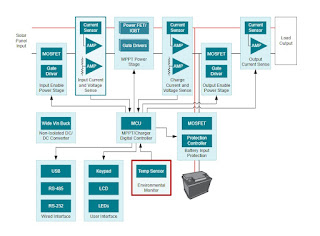Chip "dark horse" appeared! The first 2nm chip came out, ahead of TSMC
With the rapid development of technologies such as artificial intelligence and the Internet of Things, chips, as the core of digital technology, have become one of the most important industries in the world today. Recently, a 2nm chip came out for the first time in the world, which has attracted widespread attention.
At present, the market structure of the global chip manufacturing industry is dominated by the United States, South Korea and Taiwan. Among them, Intel in the United States is one of the largest chip manufacturers in the world, accounting for most of the global chip market. South Korea's Samsung and Taiwan's #TSMC are the world's largest chip foundries.
However, Intel faces stiff competition from ARM-based chips in the mobile device and computer markets, the most popular in the chip space. At the same time, Samsung and TSMC are also facing competition from companies such as China's #Qualcomm and #HiSilicon, further intensifying the competition in the market.
The introduction of 2nm chips by #IBM means that a new "dark horse" in the global chip manufacturing industry is emerging. With its technological advantages, IBM has rapidly risen in the high-end market, challenging the market position of giants such as #Intel, #Samsung and #TSMC. At the same time, IBM also announced that it will cooperate with chip companies such as Samsung and Intel in technology licensing and production licensing, further strengthening its market position.
The rise of this emerging force will undoubtedly have a profound impact on the chip manufacturing industry. At present, the competition in the global chip market is becoming increasingly fierce, and the entry of emerging companies has also brought more opportunities and challenges to the manufacturing industry.



Comments
Post a Comment